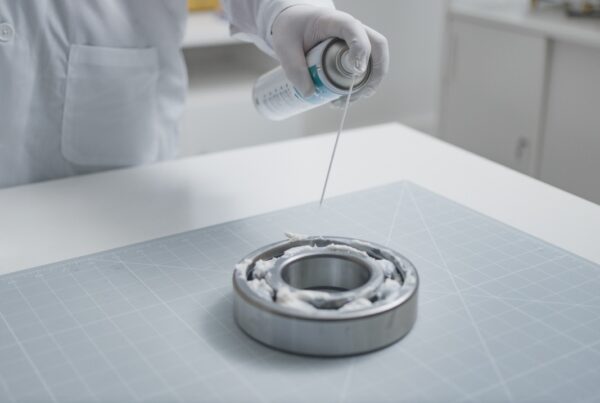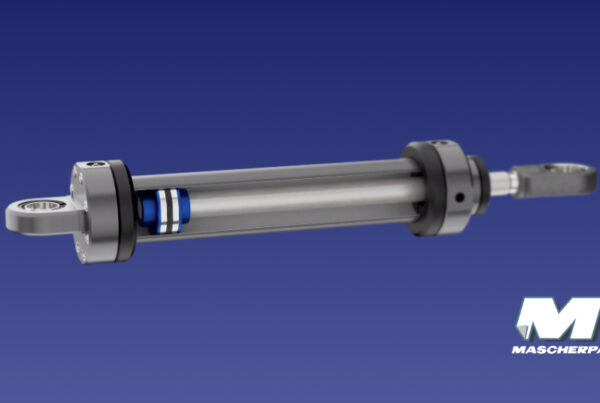Comfort and safety are critical in the automotive industry. New generation engines and gearboxes have become quieter. While operating noise reduction creates a comfortable environment, other noises and vibrations can be even more noticeable to the driver and passengers.
In addition, with the advent of increasingly autonomous capabilities, extraneous vibrations need to be further reduced to ensure proper operation and communication between critical sensors and modules. Nowadays, car manufacturers pay much attention to NVH (noise, vibration and harshness) when designing a car.
Noises occur mainly when two mating materials, such as plastic, rubber, or leather, rub and slide against each other, such as may occur in armrests, door panels, switches, gears, and seat slides. There are several approaches on how to control NVH and eliminate noise. One of the main concepts is reducing friction and preventing stick-slip, and this is where lubrication plays an important role. The latest technologies in this field include anti-noise greases with high low-temperature performance and very low oil separation, or such as dry lubrication withanti-friction coatings to prevent stick-slip effect
LUBRICANTS NVH
Introduction
Modern automotive design requirements are influenced by current industry mega-trends such as safety, comfort and design, energy efficiency and emission control, autonomous functionality, and electrification. Lubricant solutions including greases, composites, anti-friction coatings, pastes, fluids and dispersions play an important role and can influence each of these trends. Innovations in this field are driven by improved performance and prolonged reliability, increased comfort and safety, improved fuel economy, and reduced noise and vibration (NVH). For example, in interior applications, lubricants can increase perceived comfort and quality by dampening noise and vibration, reducing stick-slip, and increasing ride feel.
NVH: definition and control
NVH stands for Noise, vibration, harshnessthat isnoise, vibration and harshness. It is an audible and tactile phenomenon experienced by vehicle occupants. Acoustic comfort is a quality criterion that influences not only the purchase decision but also long-term customer satisfaction. As we move toward autonomous functionality, extraneous noise and vibration must be further reduced to ensure safety, e.g., sensors must pick up, interpret, and transmit signals without interference.
The following approaches can be implemented relatively easily with the correct selection of a lubricant:
- Attenuation of a noise or vibration refers to neutralizing the noise by absorbing or compensating for the resonance
- Slip prevention can be achieved by reducing the friction difference between the point where a part is stationary and in motion (static and dynamic)
Examples of lubricant applications for NVH include windshield wiper motor, switches, actuators, visors, mirrors, cup holders, sunroofs, window lifts, seat belts, door panels, steering systems and pedals, consoles, and many others
An excerpt from the talk presented at the ELGI AGM 2018
Author: Alexandra Nevskaya
Co-Authors: Vittorio Clerici, Teruyoshi Tanaka
Dow Silicones Deutschland GmbH




